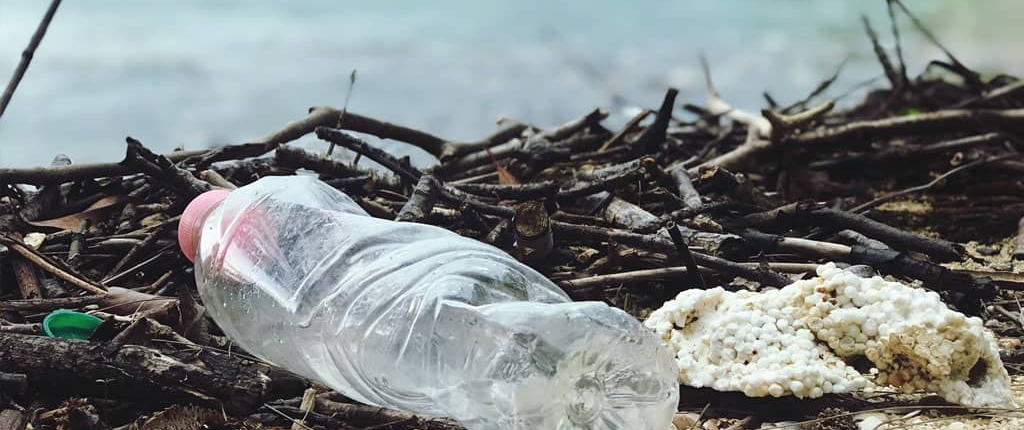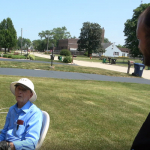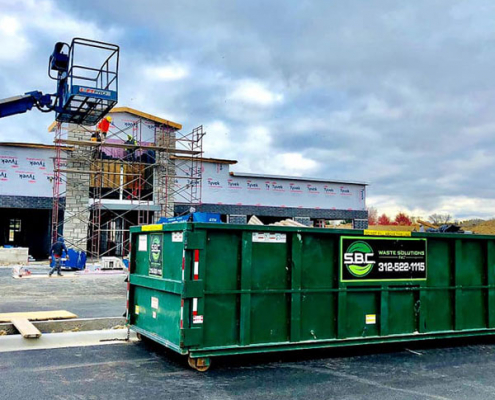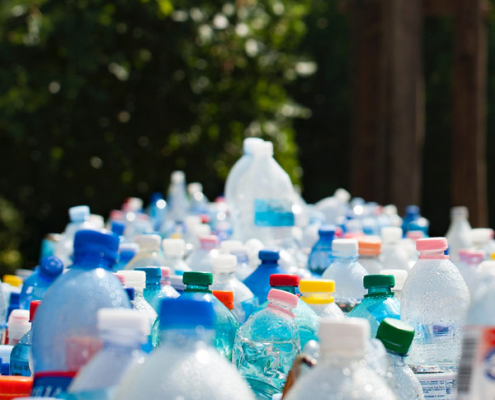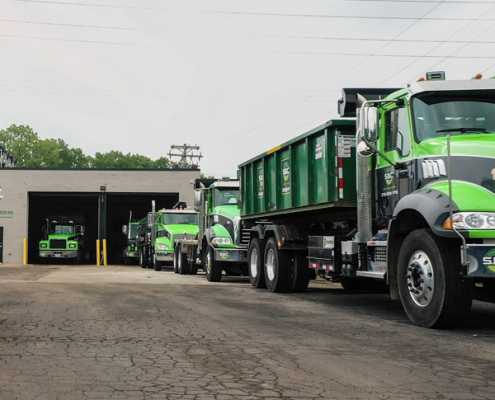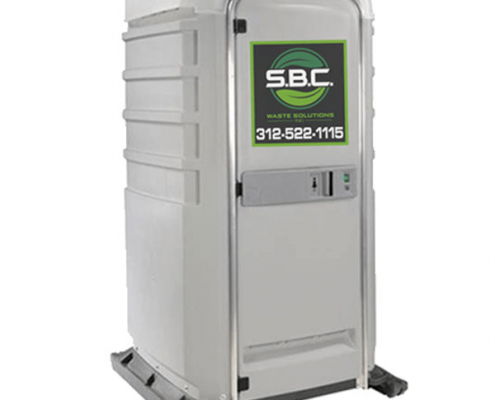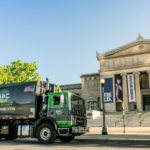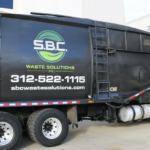Wish-cycling and The Importance of Recycling the Right Way
What Is Wish-Cycling?
Recycling plays such a crucial role in sustainability, yet it isn’t always easy to know what to put in your trash bin and what to put in your recycling bin. This is why recycling the right way is extremely important. Wish-cycling is a term used in the waste management industry to describe when someone places an item they are unsure is recyclable with the hope that it will be accepted and recycled. Although, the urge to recycle as much as possible comes from the best of intentions, mixing non-recyclables and recyclables together in your bin can have unintended consequences.
Why Wish-Cycling Matters
Every item that is placed in recycling bins eventually ends up at a recycling center. Here the items are sorted. Non-recyclable material is removed and discarded as waste. As much as 25 percent of the items that arrive at recycling facilities are items that are not recyclable. This mixing of recyclables and non-recyclables increases the sorting and transportation expenses for recycling organizations. More importantly, it can contaminate the recycling stream and reduce the overall amount of items that are recycled. In some cases, if too much trash is mixed in with a batch of recyclables, none of the items can be recycled.
How Does Recycling Help the Environment?
There are many ways in which recycling non-renewable resources such as glass, paper, plastic, and aluminum benefits the environment. Recycling decreases the amount of waste that ends up in landfill. Over time, refuse in landfills deteriorates and pollutes the air, the soil, and water supplies. Recycling is one of the best ways to combat pollution and reduce greenhouse gas emissions. Recycling conserves important natural resources such as timber. Thus, by recycling paper products, we reduce the amount of trees that need to be cut down each year. Recycling also conserves energy. Creating products with new plastic requires 70% more energy than creating the same products from recycled plastic.
What Are the Three Types of Recycling?
The three types of recycling are mechanical, energy, and chemical recycling. Mechanical recycling is the most common recycling process worldwide. During this process, the recycled items are used to create new products but the chemical structure of the material remains the same. Energy recycling is a different process, which involves converting plastic into either thermal or electric energy. The recycled plastic is burned to create heat and the heat is transformed into fuel. Chemical recycling is a more complex form of recycling where recycled plastic is processed in such a way that the chemical structure of the material is changed.
How to Recycle Properly at Home?
A great place to start is to ask your waste management provider or to research recycling guidelines for your community. Different communities will have different rules they have to follow. For example, some areas recycle glass, but other areas have stopped accepting glass materials.
Some items that are almost always recyclable include magazines, newspapers, mail, aluminum cans, plastic bottles, and caps. Cardboard boxes are recyclable but you want to make sure to flatten them before placing them in your recycling bin. Some items that aren’t recyclable include styrofoam, broken glass, and food waste. When recycling containers, it is important to scrape food from them first. Certain items are recyclable but can’t go into your recycling bin at home, such as electronics and batteries.
Recycling the Right Way
Most people want to recycle as much as they possibly can because they care about the environment and want to do their part to help the planet. One of the best ways to help is to play it safe. It is better to throw out something you aren’t sure can go into the recycling container than risk contaminating your recyclables by mixing trash and recyclables together.

